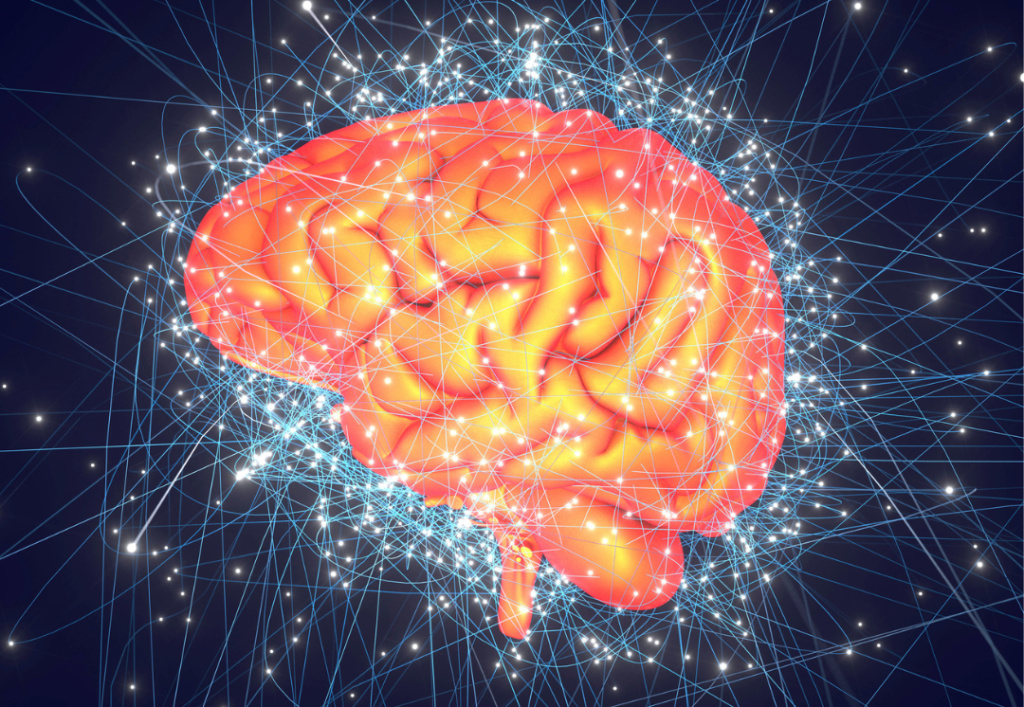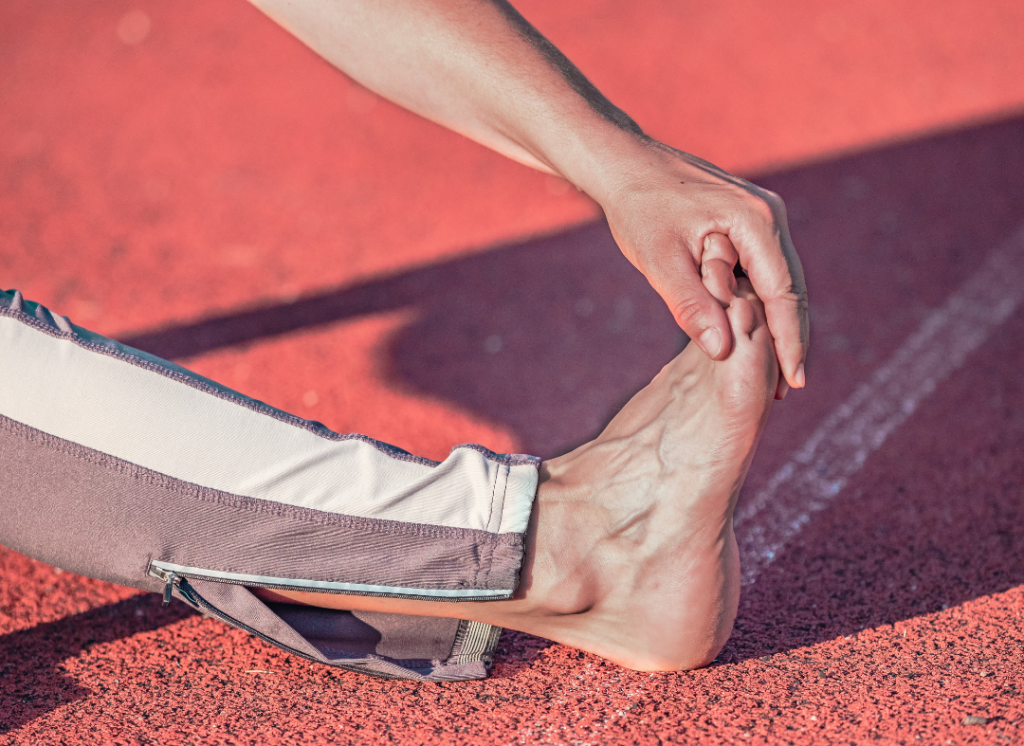Why Do We Get Cramps While Running?

Cramps are a sudden pain in a muscle that makes it difficult to move.
Cramps do not result from a body that lacks minerals or hydration. They occur because of over-contraction or overuse of muscles, or lack of muscle strength.
- Runners who experience cramps while competing tend to have over-trained in the three days prior to the event. Contrarily, the correct way to prepare is to reduce the training load and get plenty of rest before the competition day.
- When a cramp does occur, the fastest and most effective way you can relieve it is to stretch the affected muscle. This is because stretching will stimulate the muscle to prevent contractions, meaning the cramp will go away.
Causes of Cramps
Runners, at some point, are left wondering what really causes these cramps. Do cramps happen as a result of a lack of minerals or dehydration? The question that then arises is if a lack of minerals or water does cause cramps. Let’s see some of the most common causes of Cramps.
- Not stretching
- Muscle Fatigue
- Dehydration
- Electrolyte imbalance
- Stress
- High-intensity Exercise
- Strain or Overuse of Muscle
Neurological Reason behind cramps

Altered Neuromuscular Control or flexing of muscles happens as a result of neurological signals that must maintain a balance. Cramps occur when too many signals are sent to the muscles, causing them to tighten up completely. Thus, it can be said that cramps occur due to the overuse of muscles or a lack of muscular strength.
What can be done to stop cramps while running?
Let’s first take a look at the risk factors that can lead to cramps while running.
Pacing:
Research has found that groups who suffer from cramps are runners who start out too fast in the first half of their race. This is despite the fact their training times matched those who do not suffer cramps. Hence, runners should be careful to pace themselves while training or racing.
Tapering:
Research also found that runners who experience cramps while competing tend to have over-trained in the three days prior to the event. The correct way to prepare just before the competition is to reduce the training load. Avoid intense training sessions and get plenty of rest on the days leading up to the race.
Muscle damage:
An effective way to measure muscle damage is to compare the creatine kinase levels. The results from comparing the blood of two groups of runners showed that the group with existing muscle injuries were more susceptible to cramp than the group without any existing muscle injuries.
How to Prevent Cramps?

The following steps can be helpful:
- Train a sufficient amount for the distance you will be racing
- Build leg muscle strength, focusing on the calf muscles, quadriceps and hamstrings
- Pace your race carefully, making sure not to go out too quickly
- Taper your training in the days leading up to your race and don’t forget to get enough rest
- If you do experience cramps, stretch the affected muscles or massage them with ice to relieve the symptoms.
Conclusion:
If you don’t train and practice sufficiently, and you still try to achieve a quick time on race day, your muscles will be overworked to a point greater than for which your body is prepared. Therefore, regular training is the best form of cramp prevention. No matter how much water or minerals you take on, if you haven’t trained enough. Without enough practice, the risk of cramps is significantly increased. An exception would be when runners walk, sip water, and take on mineral solutions continuously.
If cramps occur, the fastest and most effective way to relieve it is to stretch the affected muscle. Stretching the muscle will stimulate those muscles to prevent contractions, meaning that the cramp will go away. If a medical team is close by, they can help to correctly massage the affected muscles with ice or a cooling spray, which is a highly effective form of treatment.
